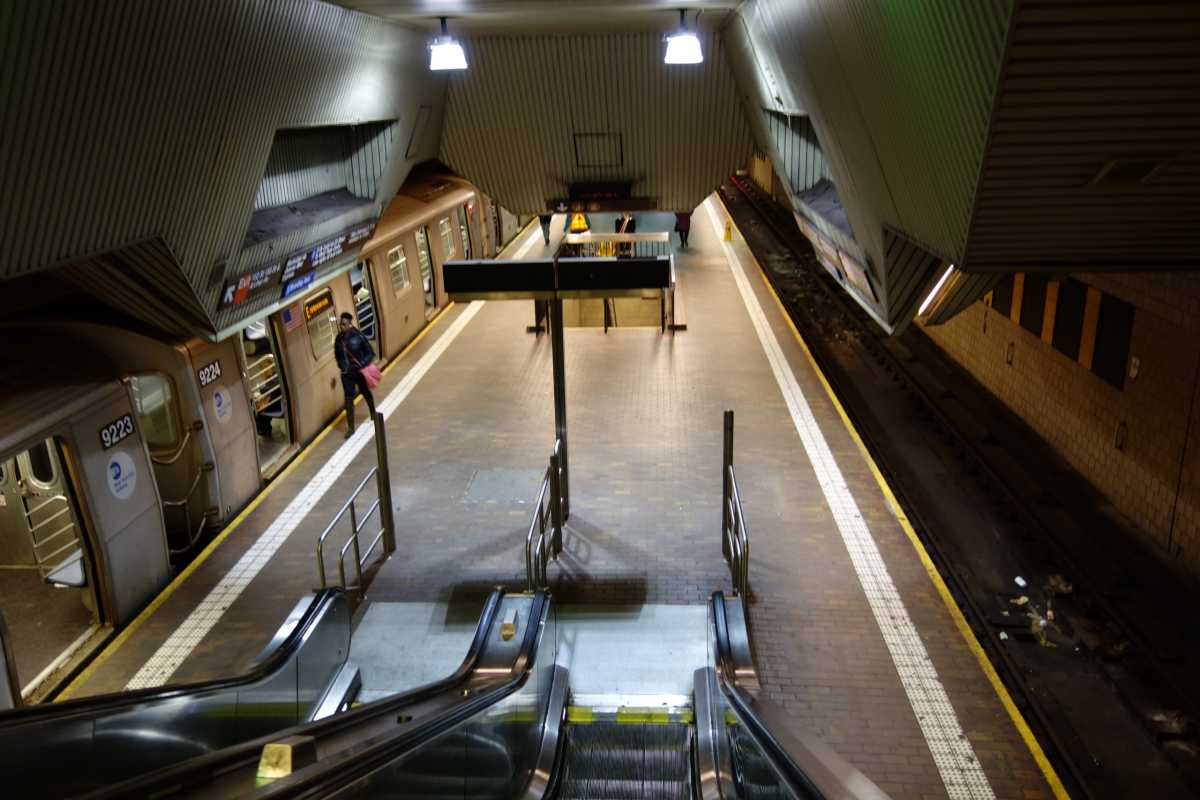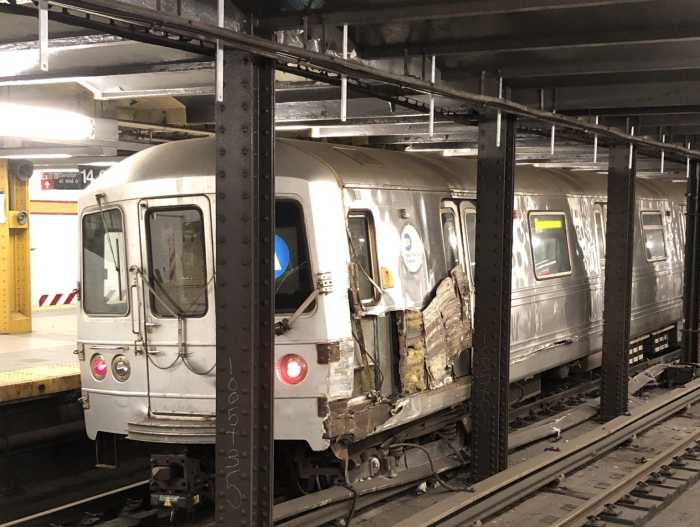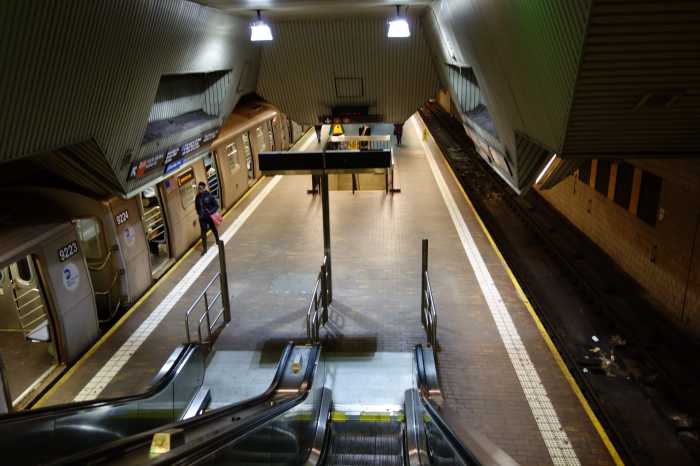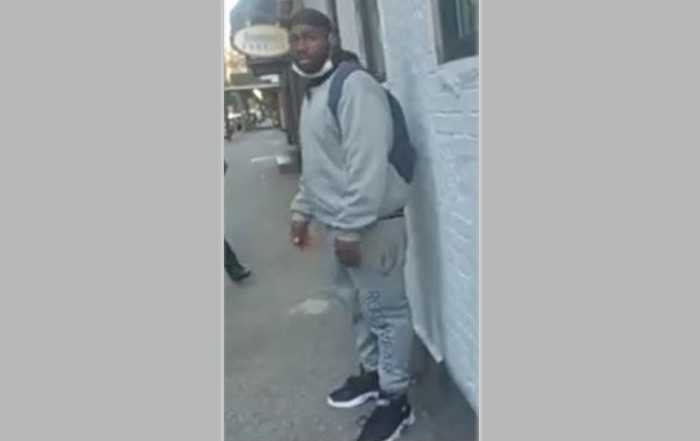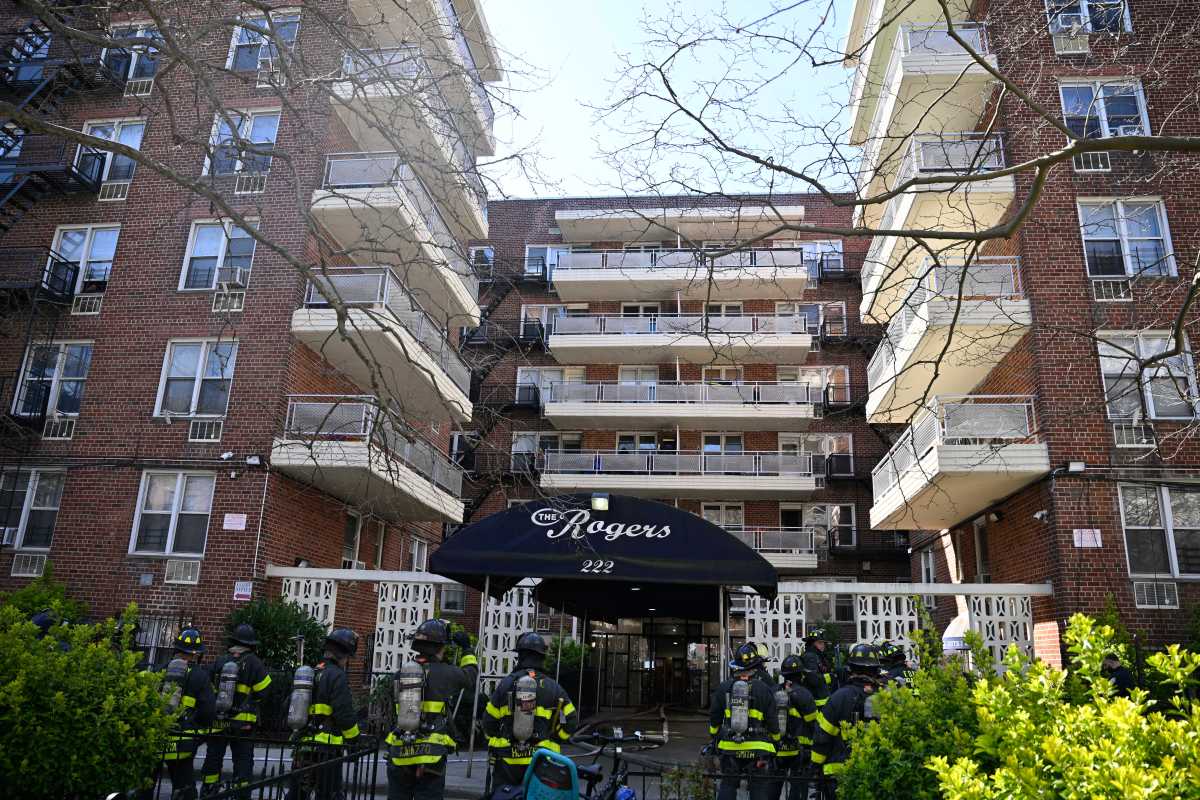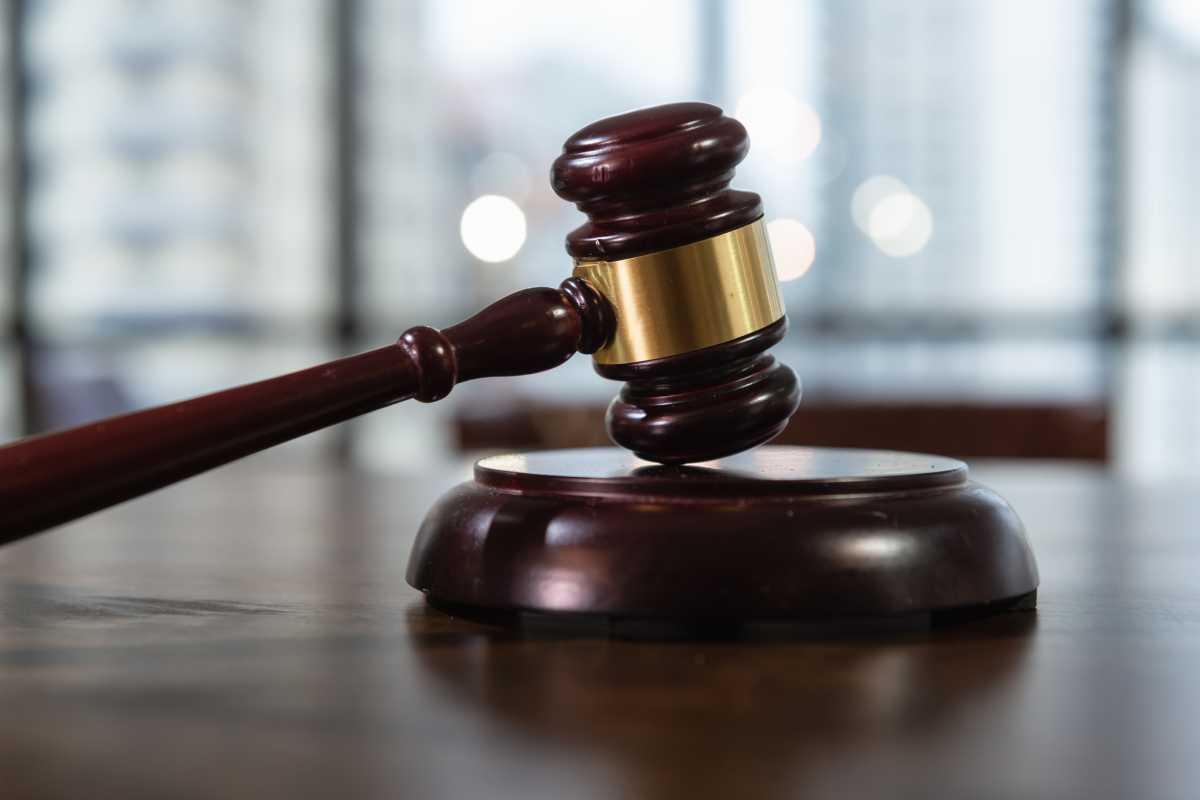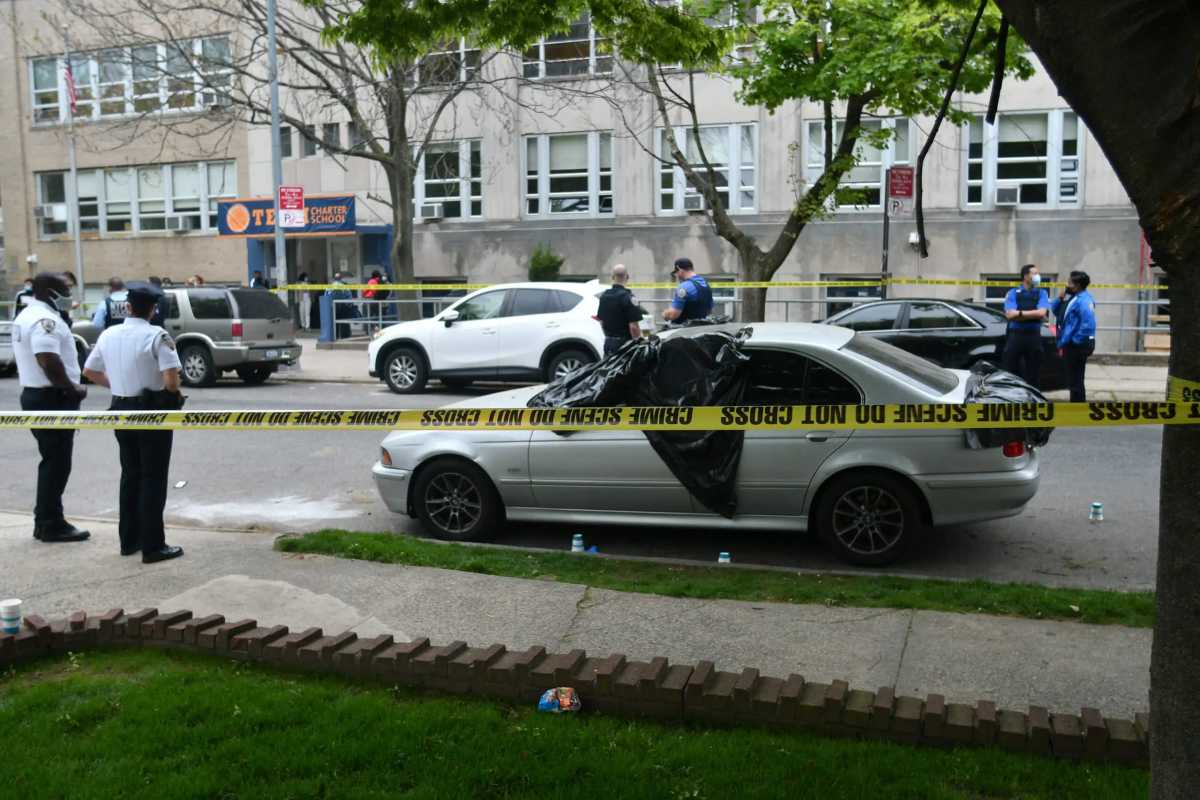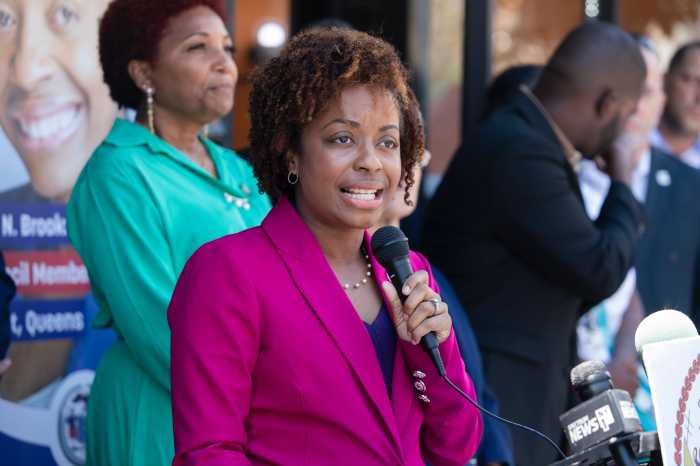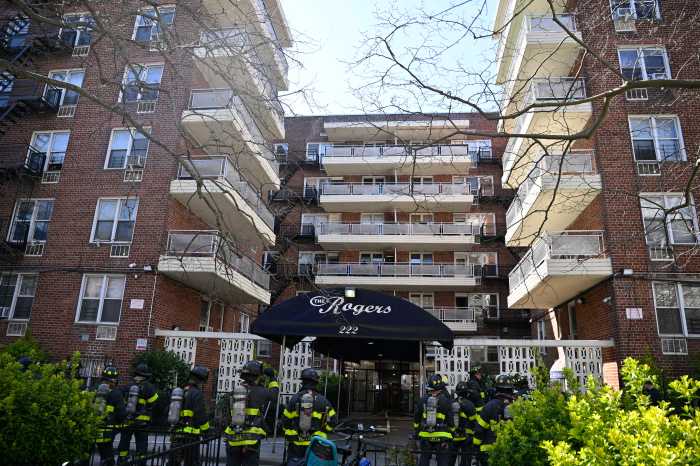Service is returning to two southeast Queens E train stations on Nov. 3 once the MTA completes track replacement work, an accelerated timeline, they say, due to decreased ridership.
Between Nov. 3 and mid-December, however, service will still be running limited service with expected headways on E train platforms at Sutphin Boulevard and Jamaica Center-Parsons stations to be around eight to 12 minutes.
“This is just the latest example of how we are completing projects on time and on budget to give customers the best possible experience as we modernize the system,” Janno Lieber, President of MTA Construction and Development, said. “Without the adequate emergency federal funding we need in light of the COVID-19 pandemic, critical work such as this line track replacement will be in jeopardy.”
Why is this work being prioritized?
In 2016, between 46 incidents between Jamaica-Van Wyck and Jamaica Center caused 713 delayed trains due to track conditions, according to the MTA. The new one-mile stretch of track, as included in Phase 1 and 2 of the project, will have continuous welds between rails in order to deliver a smoother ride which equals less maintenance in the long run.
An extra 3,300 feet on concrete will be replaced throughout the project scope.
“There is still work to do but our Southeast Queens customers can resume their normal commute and will notice a much smoother ride into and out of their station,” interim New York City Transit President Sarah Feinberg said. “I’m particularly proud of the extensive community outreach we performed for this project, staying in close touch with local leaders and even holding virtual town hall meetings.”
According to the MTA, suspension of service at these stations as well as the overnight 1 to 5 a.m. close of the subway system allowed them to push ahead of schedule in replacing up to 800 feet of rail replacement and 2,000 feet of third rail upgrades.
This is not the only work that has been underway during the pandemic, which currently has ridership at about 30% of what it was before COVID-19.
The Rutgers Tube, which carries the F train beneath the East River is undergoing Superstorm Sandy-related repairs after it was flooded in 2012, much like the work that recently wrapped up on the Canarsie Tunnel using new methods developed by Cornell University.



